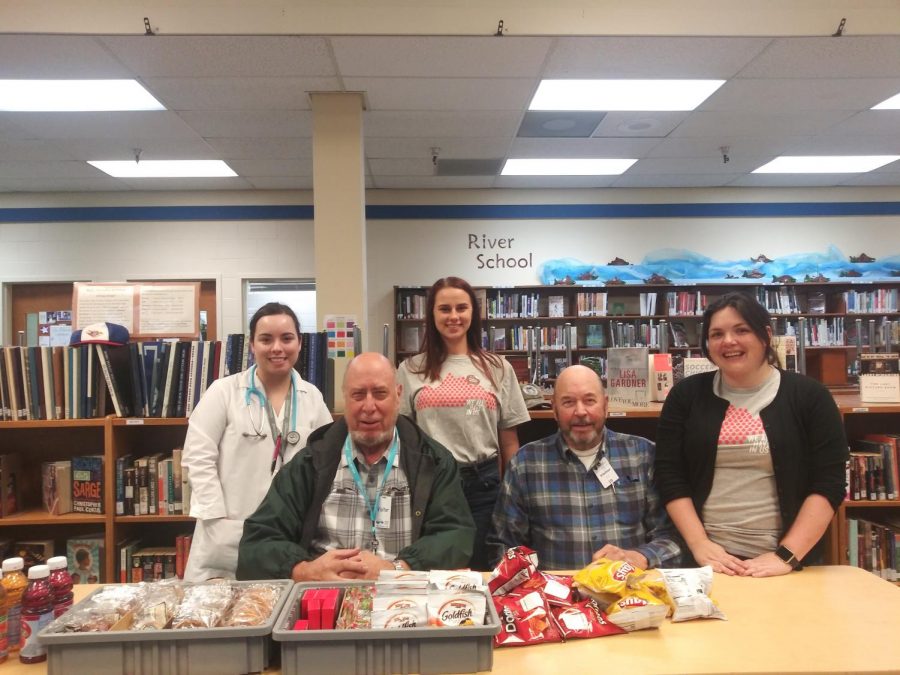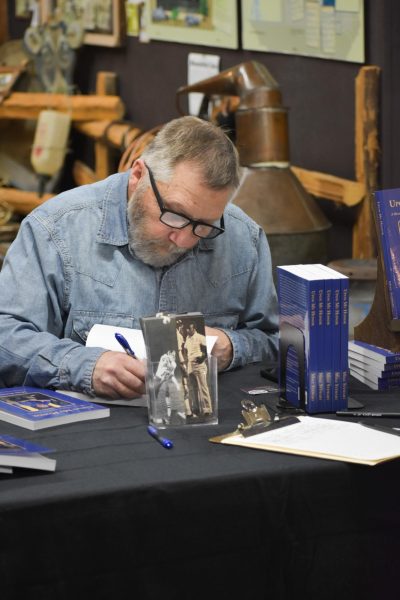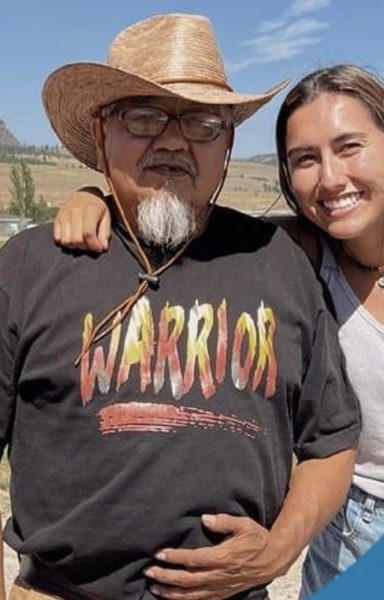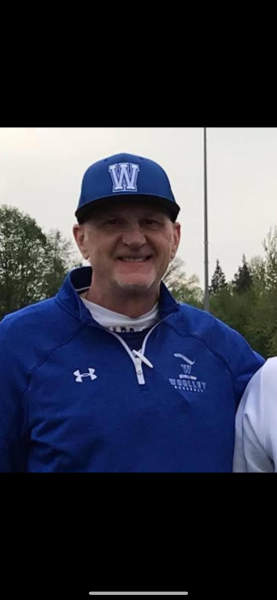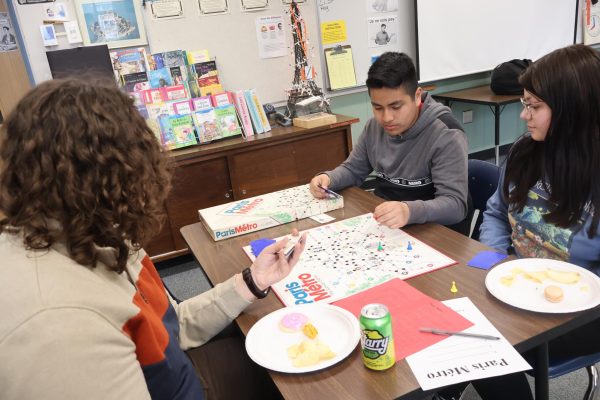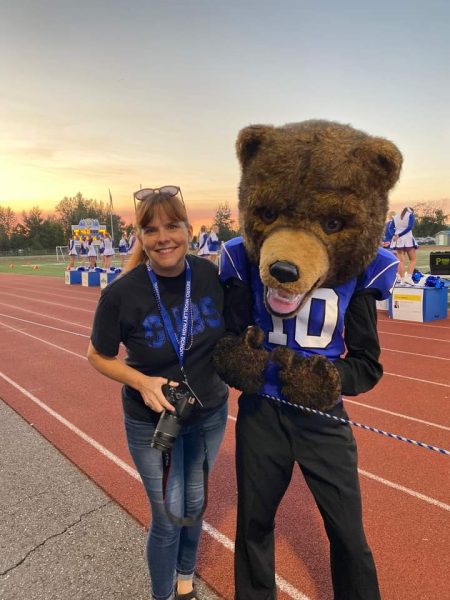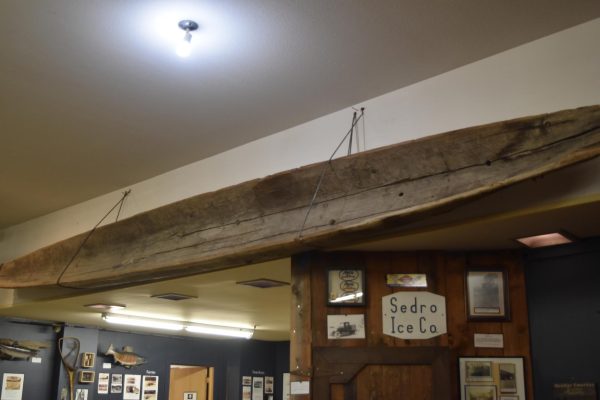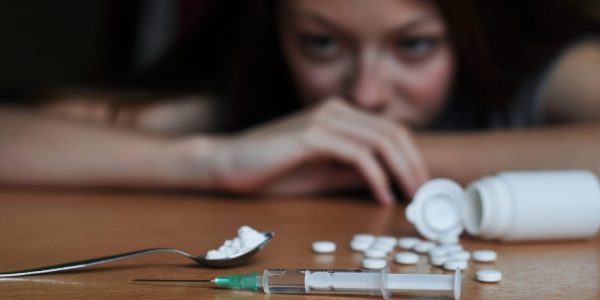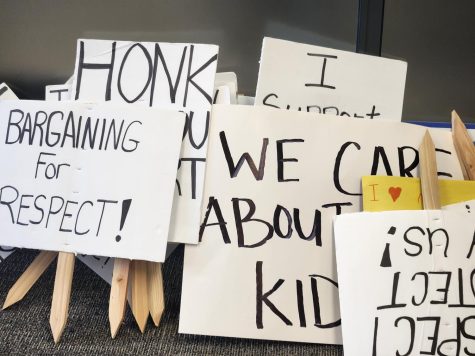Annual Blood Drive Shows Importance of Student Donors
Student donors as well as staff from Bloodworks gathered in SWHS’ LLC for an entire day of collecting vital donations to sent to over 90 hospitals in the PNW that the organization supples to.
The need for blood has gone up significantly in the past decade, causing donation sites everywhere to be in high demand for blood donors.
Blood donation centers have started to rely more on the younger generations, like current high school students, to donate in the drives that come to their schools. Around 10 percent of all donations come from high school students, which is the largest percentage of all donations.
This year at the Fall Blood Drive at Sedro-Woolley High School, 49 people registered to donate blood, but only 26 of them were actually able to donate.
A problem with these high school donors is that students most likely only donate when it comes around at school. After they donate maybe once or twice they feel great about it, and they should, but if they donated more than just once or twice a year they would make a much greater difference in the world.
“From our end as a blood center we are always in this emergency state, like constantly trying to fulfill the need,” said Donor Resources Representative Katie Rose.
Hospitals need blood more than often than what is being donated. Ideally a constant inflow of blood donations could sustain the constant need. Blood donations are only usable for about 42 days before they are no longer safe.
“You want that supply to be their if you need it or somebody you love needs it,” said Rose.
After getting your blood drawn it takes about eight weeks for your body to be ready to donate again, meaning the average person is able to donate around six times a year.
“If every person who gave at their high school drive became a lifetime donor that would solve the blood crisis. Period,” said Rose.
If the 26 people who were able to donate this year became a lifetime donor, just donating six times a year, they would make a tremendous difference.
“I would just say you guys do such a tremendous thing. Right now you have the opportunity to make this kind of difference for the rest of your lives and I think that’s kinda magical,” said Rose.

